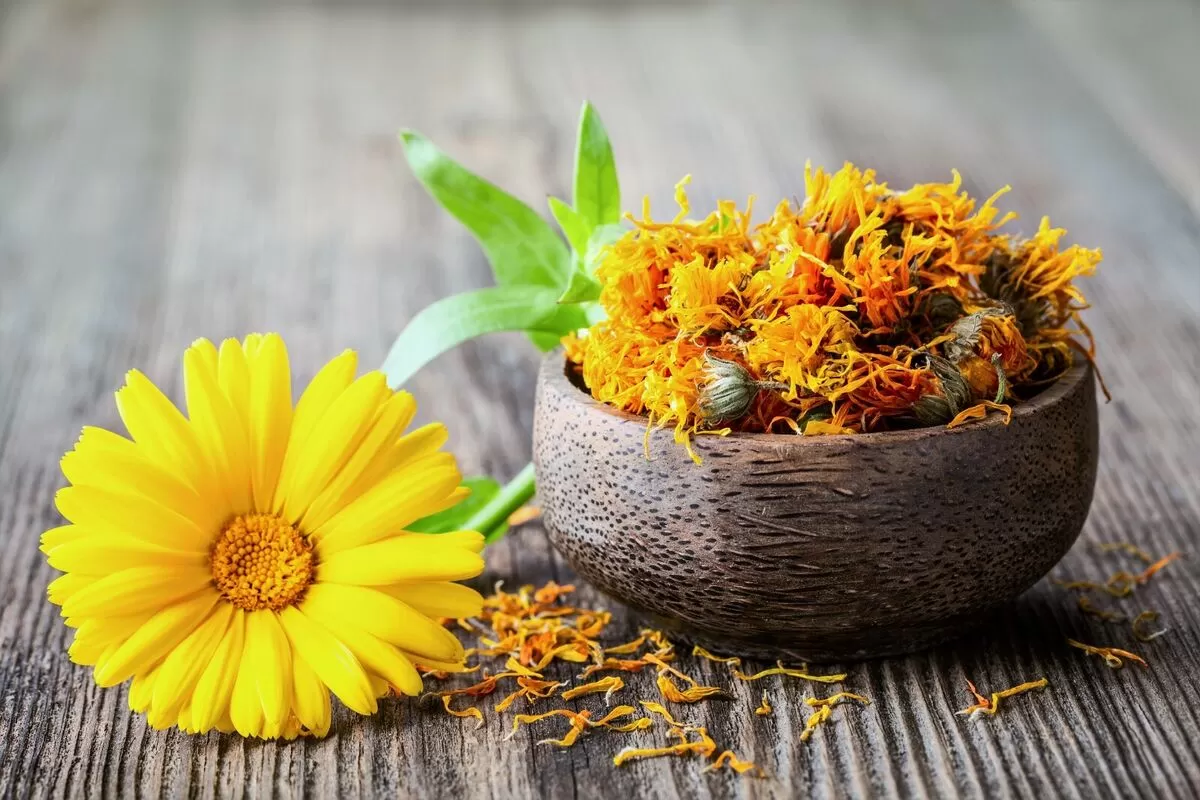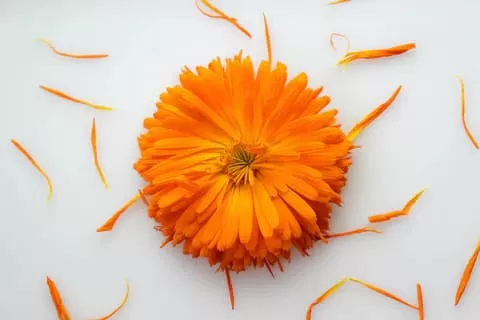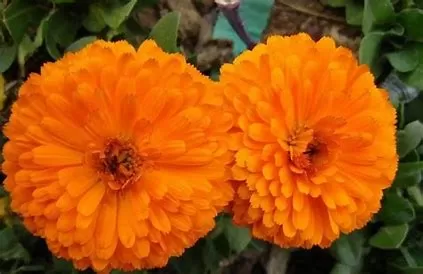- 0086-571-85302990
- sales@greenskybio.com
Marigold: A Journey Through Its Botany, Significance, and Usage
2025-05-27
The English name "marigold" refers to a diverse group of flowering plants revered across cultures and continents for their vibrant colors, versatility, and symbolic meanings. Known scientifically under the genus Tagetes, marigolds belong to the Asteraceae family, which also includes daisies, sunflowers, and asters. With their striking hues of gold, orange, red, and white, marigolds have captured human interest for centuries, serving a multitude of roles in gardens, cultural rituals, and traditional medicine.
Botanical Overview
Marigolds are predominantly native to the Americas, particularly Mexico and Central America. They have been cultivated worldwide, favored for their ease of growth and resilience. There are around 50 species within the Tagetes genus, but the most notable ones familiar to gardeners and botanists include the African marigold (Tagetes erecta), the French marigold (Tagetes patula), and the signet marigold (Tagetes tenuifolia).
African Marigold
The African marigold, despite its name, is native to the Americas. It is the largest species within the Tagetes genus, often reaching heights of up to three feet. Known for its grand, pom-pom-like blooms, this species blooms in rich shades of orange and yellow and is widely used in bedding and landscaping projects.
French Marigold
Smaller and bushier than their African counterparts, French marigolds grow between six inches to two feet tall. Known for their pungent aroma, these marigolds bloom in a variety of colors, including russet, gold, and mahogany red. Their compact size makes them ideal for borders and edging in gardens.
Signet Marigold
Signet marigolds are identified by their fine, lacy foliage and small, edible, citrus-flavored flowers. Often used in culinary dishes, they provide a unique spicy tang to salads and garnishes.
Cultural Significance
Marigolds hold a prominent place in various cultural traditions and spiritual practices around the world. In India, they are considered flowers of the gods and are used extensively in religious ceremonies and festivals like Diwali and weddings. Garlands of marigolds are hung in homes and temples as offerings to deities and symbolize purity and the cycle of life and death.
In Mexico, marigolds play a central role in Día de los Muertos (Day of the Dead) celebrations. Known as "cempasúchil" in Spanish, the bright, golden blossoms are believed to attract spirits back to the world of the living with their vibrant colors and strong scent. Altars are adorned with marigold petals to guide the souls of the departed to their families.
In Europe, marigolds have been historically associated with the Virgin Mary. The name itself is derived from "Mary's Gold," reflecting the flower's association with Saint Mary. In medieval times, marigold flowers were used to decorate church altars, viewed as symbols of simplicity and devotion.
Medicinal and Practical Uses
Beyond their ornamental and cultural roles, marigolds possess a range of medicinal and practical benefits. The flowers contain essential oils and compounds with anti-inflammatory, antioxidant, and antiseptic properties. Traditionally, marigold petals have been used in tinctures to soothe skin irritations, heal wounds, and reduce inflammation.
Moreover, marigolds have been utilized in companion planting due to their natural ability to repel nematodes and other garden pests. Their roots and flowers contain thiophenes, chemical compounds that are toxic to soil-borne pests, making them an ideal organic solution for pest management in sustainable agriculture.
Culinary Applications
While not as widely known, marigolds are making a mark in culinary arts. The petals of the signet marigold are used in various dishes, imparting a zesty flavor to salads, soups, and desserts. The marigold is often referred to as “poor man's saffron” due to its strong, vibrant color, which can add a golden hue to dishes without the cost of true saffron.
Modern Applications and Research
Modern scientific research continues to explore the potential health benefits of marigolds. There is growing interest in the flower's lutein content, an antioxidant known for promoting eye health. Lutein extracted from marigolds is being investigated for its ability to protect against age-related macular degeneration and cataracts.
Furthermore, the marigold's inherent biological properties are being studied for applications in natural dyes, cosmetics, and even as alternatives to synthetic food colorings, reflecting an increasing consumer shift towards natural and organic products.
Environmental Impact
Marigolds contribute positively to the environment. As a pollen and nectar source, they attract beneficial insects like bees and butterflies, supporting biodiversity and pollination. Additionally, their pest-repellent properties reduce the need for chemical pesticides, promoting a more balanced ecosystem within gardens and farms.
Conclusion
The marigold, with its vibrant colors, cultural significance, and versatile uses, stands out as more than just a garden plant. Whether tracing its origins in the ancient Americas or examining its impact in contemporary agriculture and medicine, marigolds offer a rich tapestry of botany, history, and practical application. As we continue to explore and utilize this remarkable plant, marigolds remain an enduring symbol of beauty, resilience, and cultural significance, bringing golden cheer to our gardens and lives.
-
What is the medicinal use of marigolds?
2025-05-27
-
Why Are Marigolds Special?
2025-05-27
-
Is Marigold Good for Eczema?
2025-05-27
-
Can we apply marigold on face?
2025-05-27
-
What are marigolds used for?
2025-05-27














